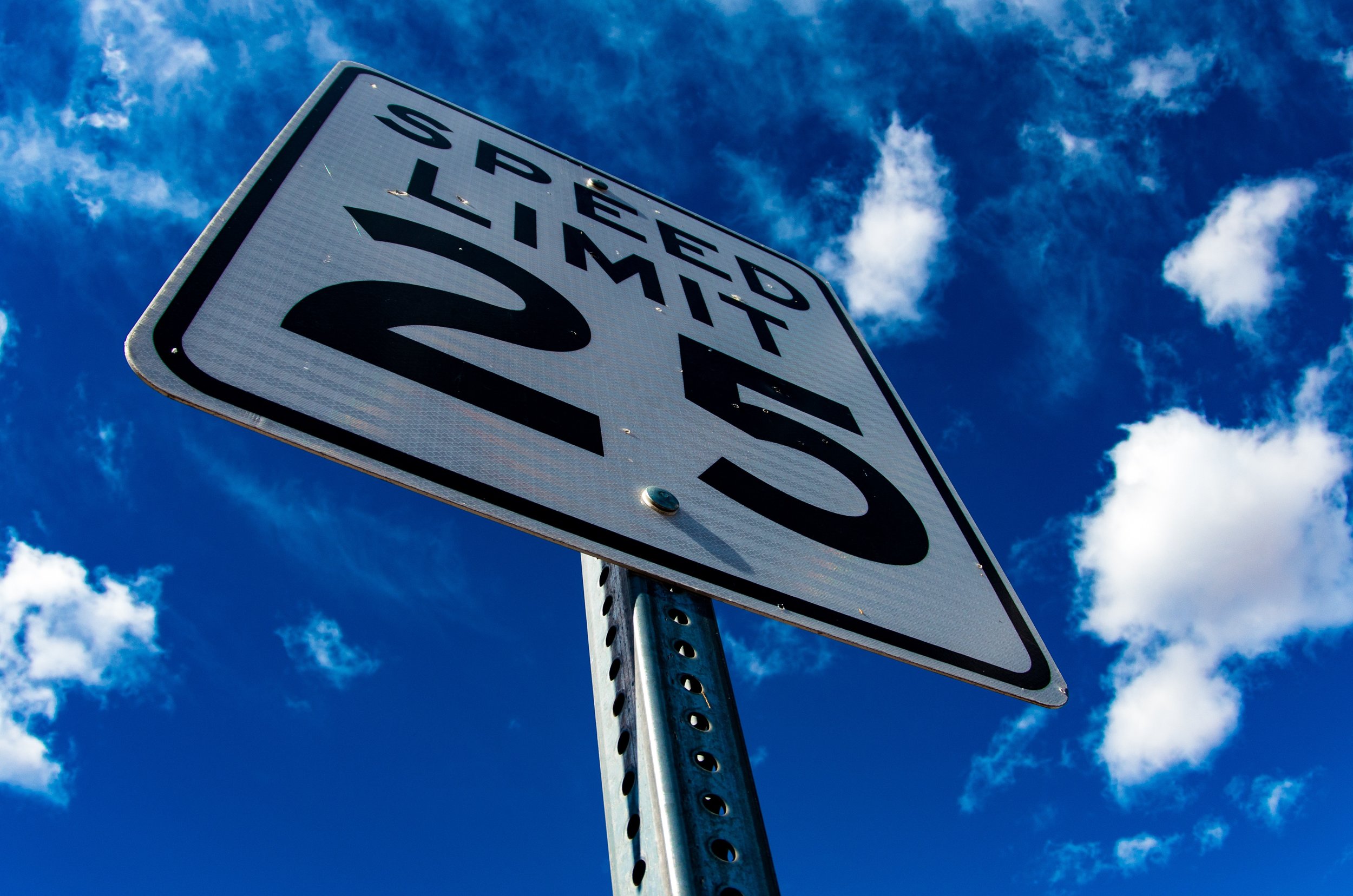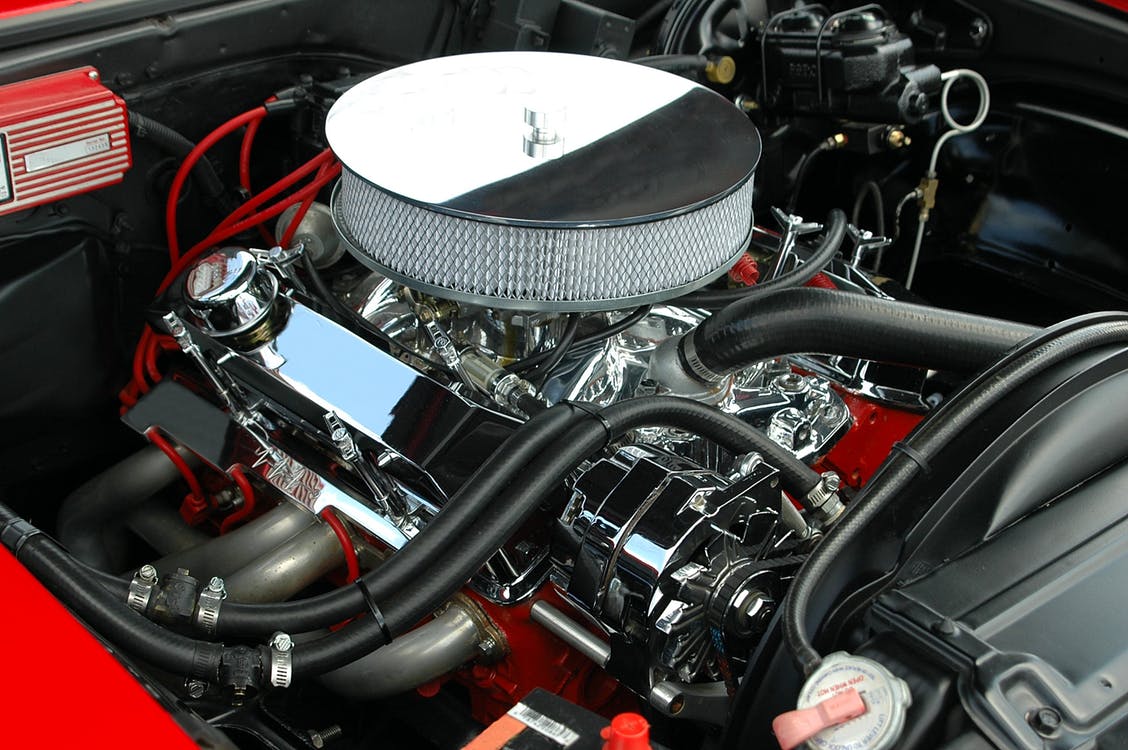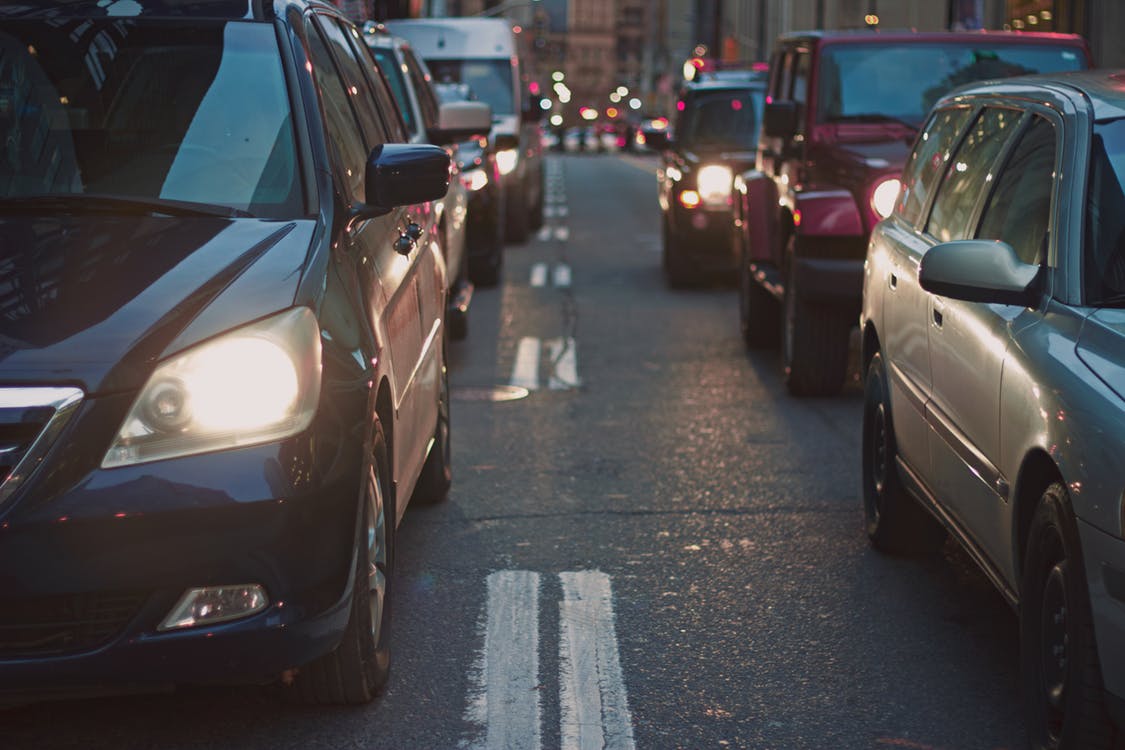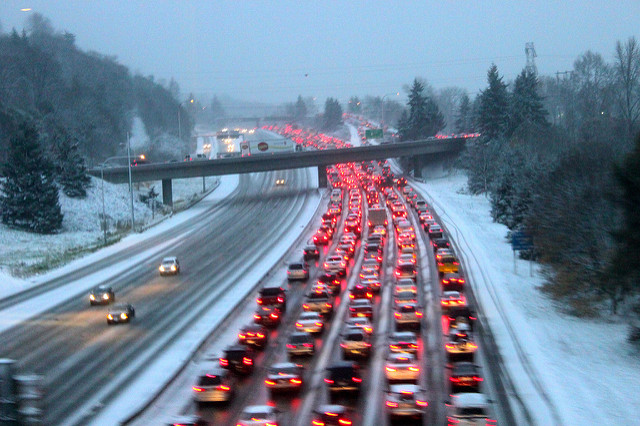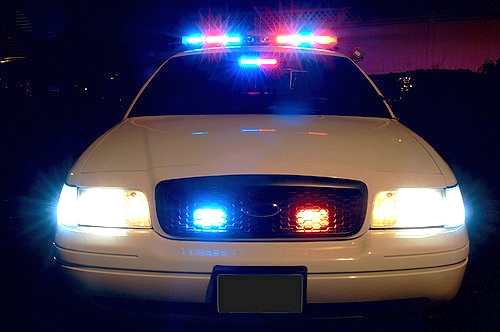When accidents happen, people often explain them away by saying that, "bad things happens to everyone." This saying is true because everyone in the world is at risk for being involved in a car accident, including celebrities. Celebrities are often forgotten about when it comes to accidents and sometimes it can come as a shock to the public when they are injured. On average, around 3,287 people are killed each day from car related accidents and celebrities have the same chance of being one of those people that everyone else does. One celebrity that was recently involved in a car crash is Ruthie Ann Miles.
Ruthie Ann Miles is a Broadway actress who made her debut in the musical, “The King and I,” which won her a Tony award in 2015. Ruthie was walking across a crosswalk in Brooklyn, New York with one of her friends, Lauren Lew, and both of their children, when a woman lost control of her car and hit them. According to the The Washington Post, Miles’ four-year-old daughter and Lews' one-year-old son were killed in the car crash instantly. Both women and a 46-year-old male pedestrian, who was also hit, were hospitalized for their injuries. Miles was pregnant at the time of the car crash, but thankfully, her unborn baby is unharmed.
The driver of the car was Dorothy Burns, a 44-year-old woman from Staten Island, New York. The Washington Post reported that the woman was sitting at an intersection in Brooklyn when her car began to move forward. According to nearby pedestrians, the car started moving slowly then sped up and struck the victims. A law enforcement official said that Burns was not drunk at the time and has not been charged. USA Today reported that Burns suffers from multiple sclerosis and had a seizure while stopped at a red light, which caused her to lose control of her car. Investigators looked at Burns’ medical records and said that if doctors have never prohibited her from driving, she may not face any charges.
After news broke that Burns suffers from seizures many people were angered that she was able to drive. Mayor Bill de Blasio said, “She should never have been allowed to have been driving a car after what we know of these other violations.” He also said that measures were going to be taken to prevent such car accidents from happening again. “People who get behind the wheel of a car need to understand that they have a weapon in their hands,” de Blasio stated. One thing that Mayor de Blasio is known for is promoting Vision Zero, a traffic safety campaign that is, “committed to helping communities reach their goal of Vision Zero - eliminating all traffic fatalities and severe injuries -while increasing safe, healthy, equitable mobility for all.”
Vision Zero focuses on reducing traffic accidents in major cities like New York. They believe that making smaller changes in not only major cities, but smaller suburban areas, can have a huge effect on saving the lives of many people in car accidents. Some strategies that they use to implement traffic accident safety are, lowering speed limits, redesigning streets, implementing meaningful behavior change campaigns, and enhancing data-driven traffic enforcement. If these car accident reducing strategies can help large cities like New York, maybe they can help reduce car accidents in Detroit too. The residents of Metro Detroit are used to the non-stop construction anyway, so why not make a few changes with the roads that possibly prevent future car accidents!
The National Highway Traffic Safety Administration reported that there are 4,092 pedestrian motor vehicle deaths and 59,000 pedestrian car crash injuries each year. Taking action and making small traffic safety changes, like those Vision Zero implements, can greatly reduce the number of people killed in car accidents each year. Another thing that people should be aware of is their personal health in relation to road safety.Conditions such as seizures, as well as simple issues like not have an up-to-date prescription for glasses, may impair driving. Drivers who are unaware of health issues that impair driving or choose to ignore them, may be putting the lives of innocent people on line, every time they drive. The way to prevent car accidents due to medical conditions is to go to regular checkup with healtcare professionals and to be 100% cleared to opearate a motor vehicle.
Driving safety and road safety are important factors in preventing accidents, but the person driving the car is just as important. By making sure that you are medically cleared to safely operate a motor vehicle, individuals can prevent future car crashes from occurring and saves them from making a call to a car accident attorney. However, car crashes happen every day, for several other, non-medical reasons. If you or someone you know needs more information on how to handle a car accident, contact The Michigan Law Firm, PC by calling 844.4MI.FIRM. Our experienced accident attorneys offer free, legal consultations.


